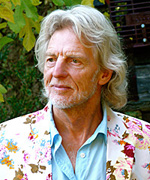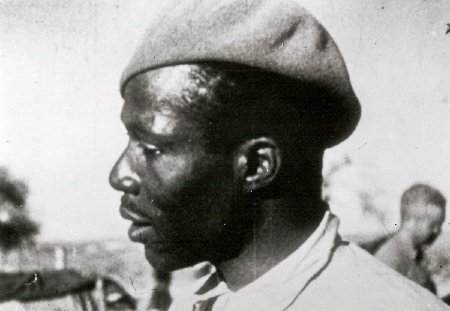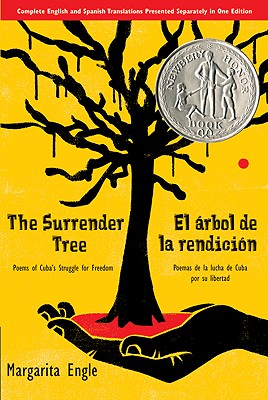Teaching Activity. By Moé Yonamine. Rethinking Schools. 18 pages.
Poetry, photography, and text are used in this role play to teach about the seldom told history of Japanese Latin American internment during WWII.
Continue reading
Website. Timeline from Museum of disABILITY History that chronicles significant events in disability history from 400 B.C. to 1999.
Continue reading
Website.
Descriptions of historical events from the grassroots, organized by dates.
Continue reading
Website.
The alternative Nobel Prize, an excellent place to learn about noted activists from around the world.
Continue reading
Film. Directed by Vanessa Warheit. 2009. 60 minutes.
Documentary about U.S. colonies in the western Pacific.
Continue reading
Teaching Guide. By Bill Bigelow. 1985.
Lessons on apartheid in South Africa and the global anti-apartheid movement.
Continue reading
Hatuey was a freedom fighter in the early 1500s who mobilized Caribbean islanders against invasion, theft, and murder by European conquistadors.
Continue reading
Book — Fiction. By Cristina Kessler. 2009. 368 pages.
Two young people take great risks to protect the ancient manuscripts of their city from being stolen by two tourists.
Continue reading
Teaching Activity. By Moé Yonamine. Rethinking Schools. 11 pages.
Lesson based on ANPO: Art X War, a documentary about visual resistance to U.S. military bases in Japan by Japan’s foremost contemporary artists.
Continue reading
Digital collection. Center for the study and promotion of the histories and cultures of peoples of African descent.
Continue reading
Poem. By Nigel Gray.
Poem about the causes and impact of the Irish Potato Famine.
Continue reading
Teaching Activity. By Abby MacPhail. Rethinking Schools. 17 pages.
A lesson on the Keystone XL Pipeline battle.
Continue reading
Film. Directed by Icíar Bollaín and written by Paul Laverty. 2010. 103 minutes.
As a crew shoots a film about Columbus' genocide, local people in Cochabamba, Bolivia rise up against plans to privatize the water supply.
Continue reading
Book — Non-fiction. By William Loren Katz and Marc Crawford. 2013. 196 pages.
Interviews, documents, and photos from the first fully integrated United States army, who volunteered to help Spain defend its democracy against fascism.
Continue reading
Digital collection. A comprehensive online reference guide to African American history.
Continue reading
Book — Fiction. By Pam Muñoz Ryan. 2010. 384 pages.
An introduction to the life of Pablo Neruda as a child in historical fiction for young adults.
Continue reading
Teaching Guide. Edited by Bill Bigelow and Jeff Edmundson. 1990. 130 pages.
Fourteen interactive lessons on the history of Nicaragua.
Continue reading
Book — Non-fiction. By John Booth, Christine Wade, and Thomas Walker. 2014. 374 pages.
A primer on the history of Costa Rica, Nicaragua, El Salvador, Guatemala, and Honduras.
Continue reading
Film. Directed by Eduardo López & Peter Getzels. 2012. 90 minutes.
Documentary that examines the direct connection between the long history of U.S. intervention in Latin America and the immigration crisis we face today.
Continue reading
Book — Non-fiction. By Oliver Stone and Peter Kuznick. 2012. 784 pages.
Challenge the prevailing orthodoxies of traditional history books in this look at the U.S. history of empire building.
Continue reading
Digital collection. Over 3,300 documents from the Sandino Rebellion in Nicaragua, 1927-1934.
Continue reading
Oliver Law became first Black commander of a U.S. army, the integrated Abraham Lincoln Brigade.
Continue reading
Book — Non-fiction. By Richard Drinnon. 1997.
History of American expansion and the infliction of repression and racist tactics on the communities.
Continue reading
Book — Fiction. By Margarita Engle. 2010. 384 pages.
Bilingual book of historical fiction in verse about Cuba's long fight for independence in the 19th century.
Continue reading
Teaching Activity. Zinn Education Project. 21 pages.
Two lessons to introduce key facts about the Vietnam War and the Pentagon Papers, documents that provide essential history that is often ignored by textbooks.
Continue reading

























